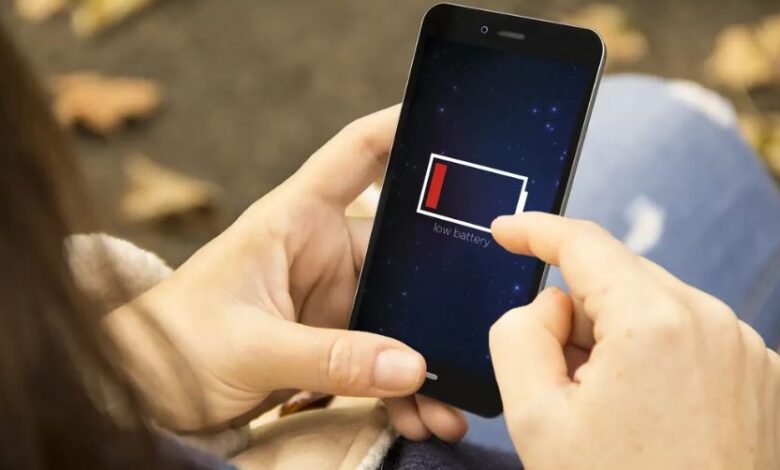Uncovered the culprit of battery cells self-discharge
Even if your smartphone is left off and unused, its rechargeable batteries will lose power. Why? Due to the phenomenon of battery cells self-discharge, a gradual loss of charge caused by internal chemical reactions still not perfectly clear. What is known for sure is that heat has a precise role: as temperatures increase, reactions accelerate, making the process faster.
Michael Metzger, a researcher at Dalhousie University, Canada, sheds light on the subject today. In collaboration with colleagues from the Department of Physics and Atmosphere Sciences, Metzger identified a possible perpetrator of the phenomenon and a solution.
The team’s work started with two types of lithium batteries: LFP (with lithium iron phosphate cathode) and NMC 811 (with cathode composed of 80% nickel, 10% manganese and 10% cobalt). Scientists opened their electrochemical cells after exposing them to different temperatures and were surprised to notice some color changes in the electrolyte solution. The greater the amount of heat received, the more noticeable the change was from complete transparency at 25 ºC to a light brown at 55 ºC, up to a bright red at 70 ºC.
The next step was therefore to analyze the chemical composition of all shades of electrolyte. It is then that researchers discovered the presence of dimethyl terephthalate, a compound generated by the degradation of polyethylene terephthalate (PET), which behaves like a molecule “redox shuffle” : It can travel back and forth between the electrodes just like lithium normally does, causing the battery to charge itself.
What is the origin of the problem? Metzger himself answers “In commercial battery cells there is tape — like Scotch tape — that holds the electrodes together and there is a chemical decomposition of this tape, which creates a molecule that leads to the batteries cells self-discharge“.
The results of the research could help the industry and lead to a replacement of PET with a more stable material that does not degrade with heat. “It is a commercially relevant discovery,” the scientist points out. “A small step forward that however can help improve battery cells“.






